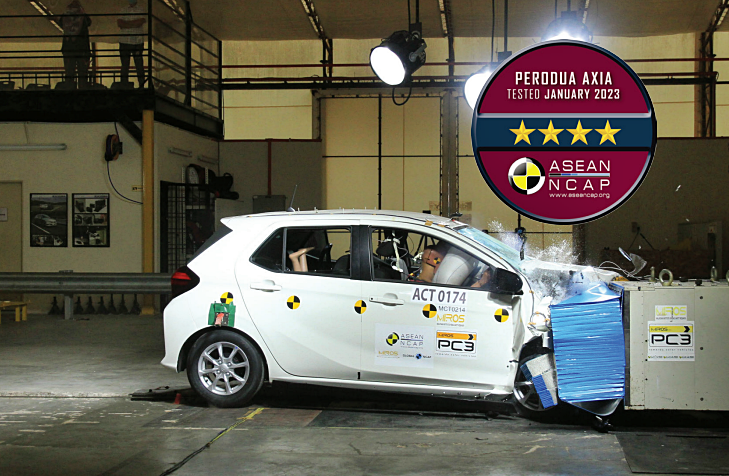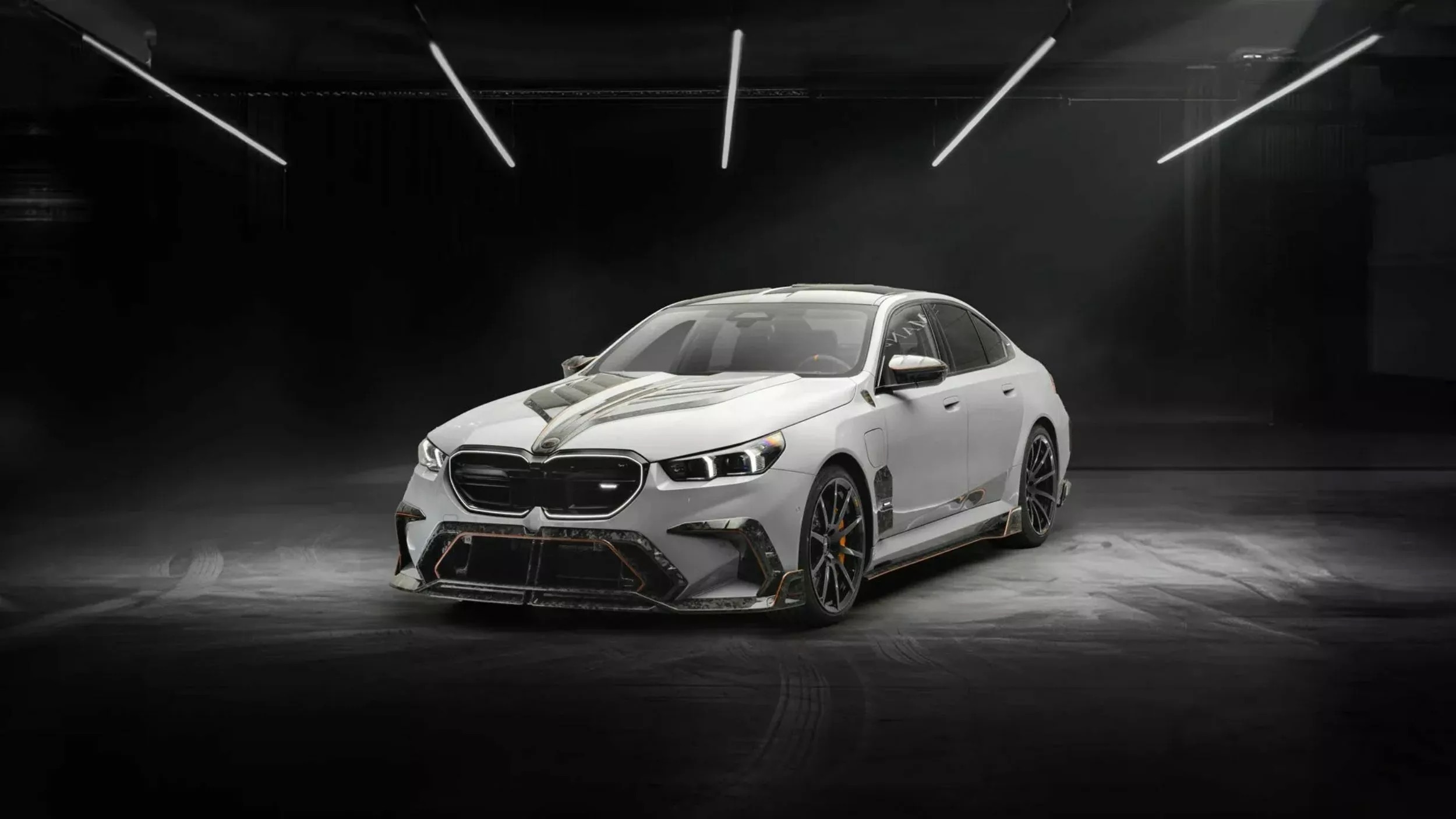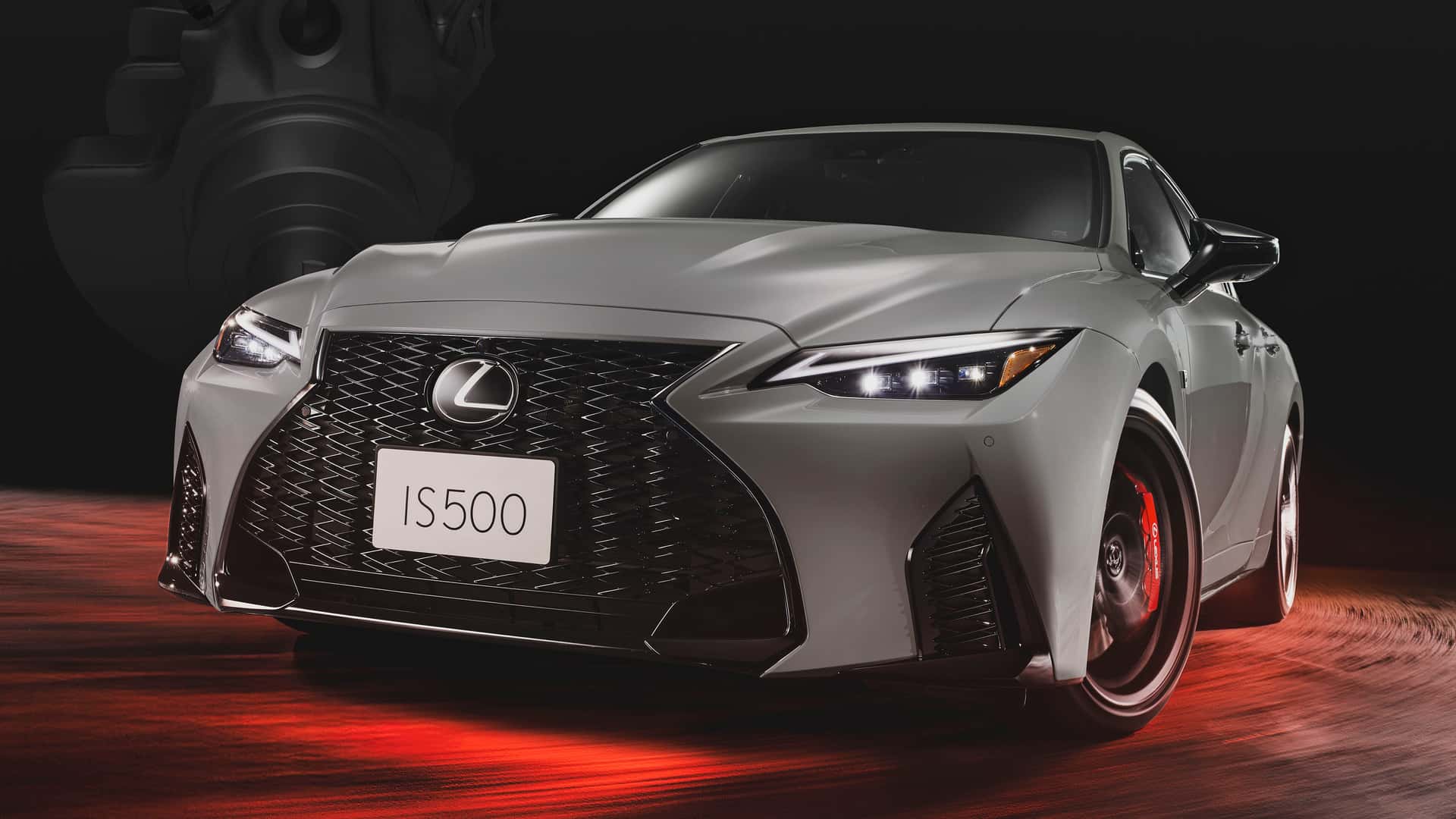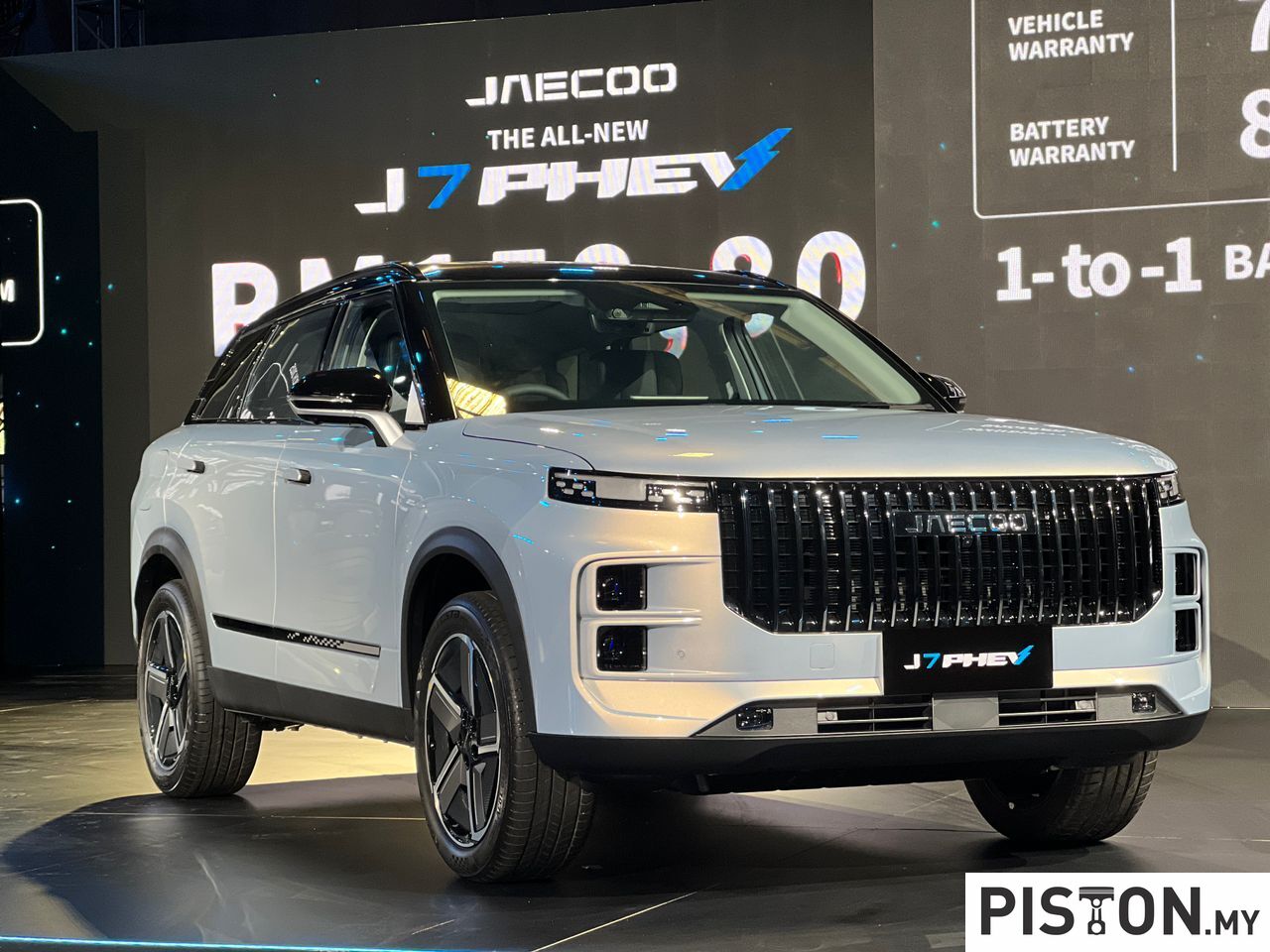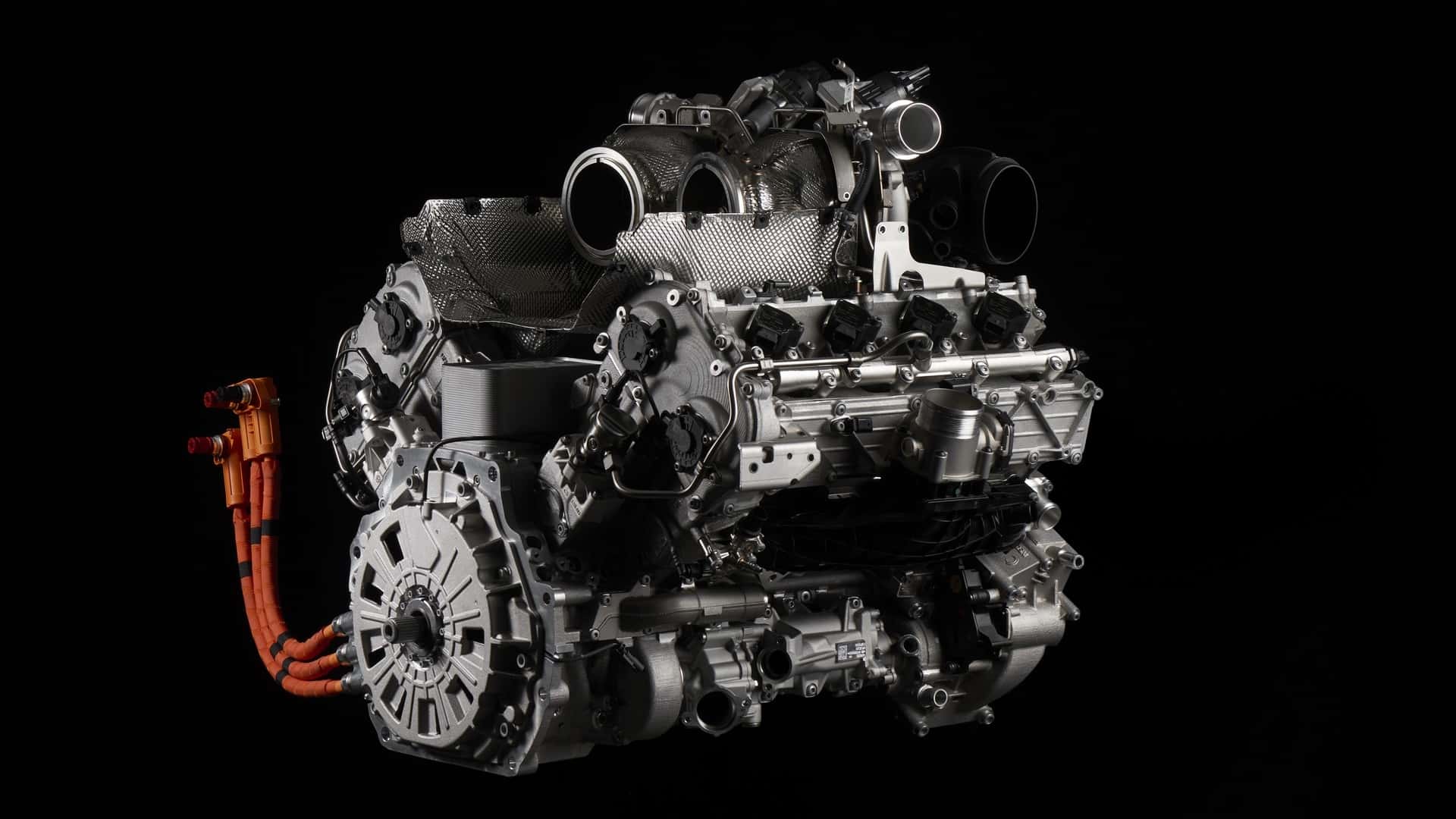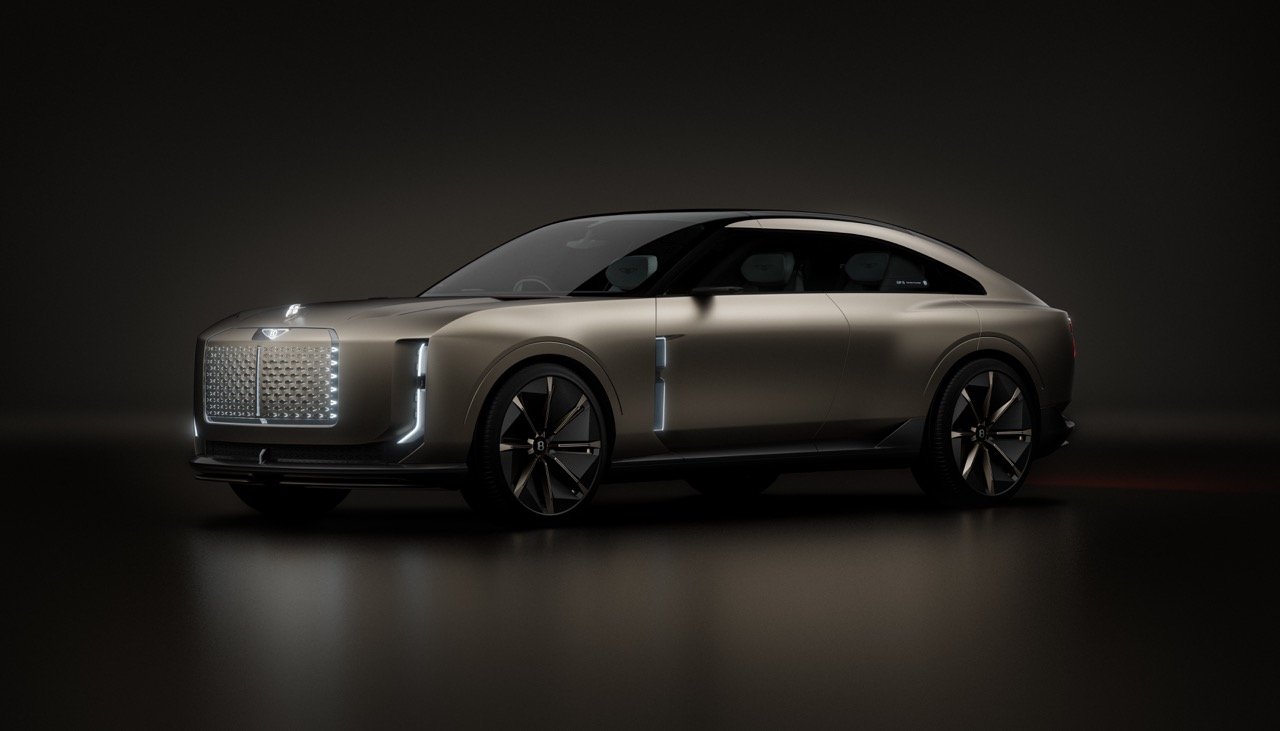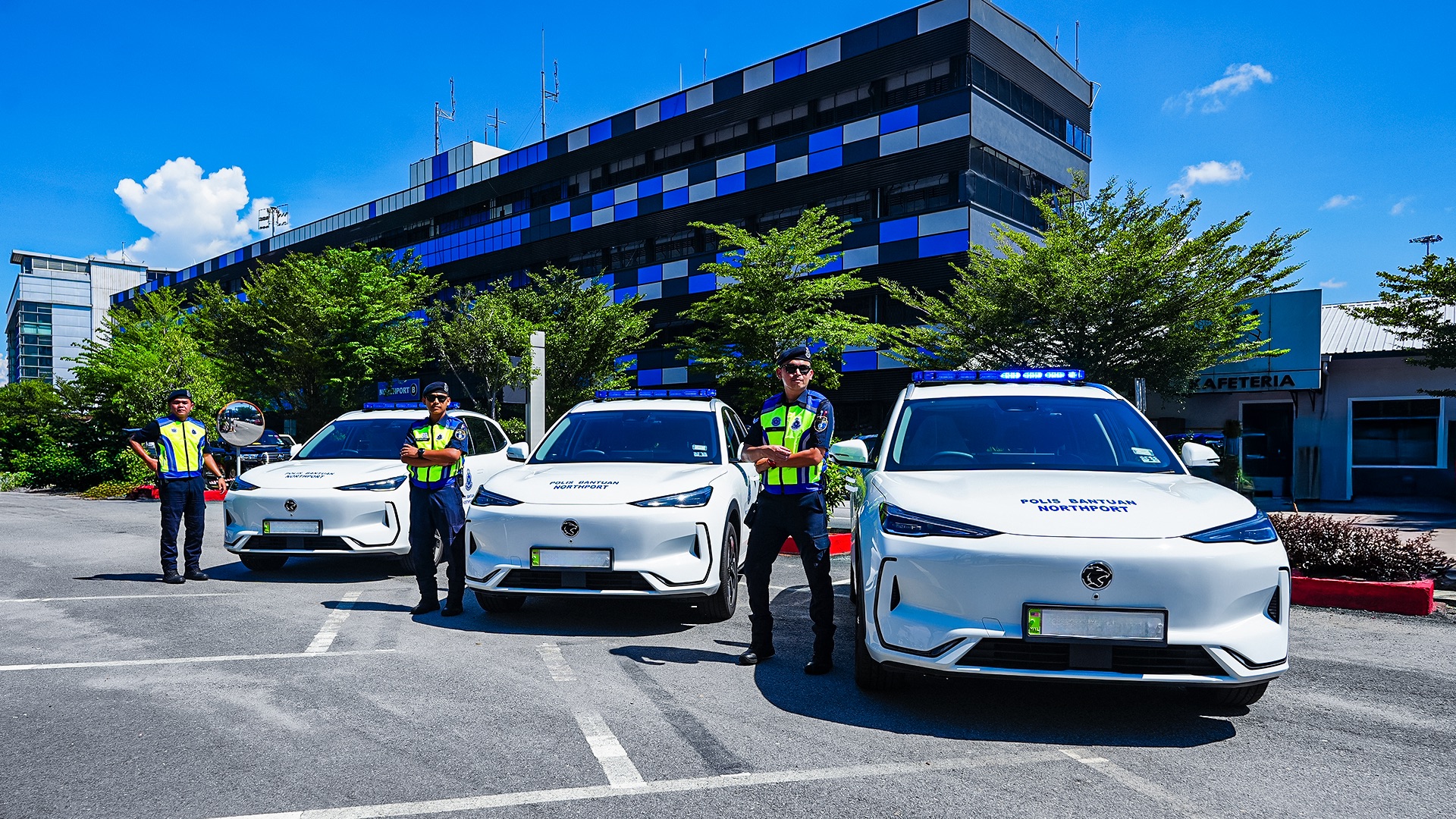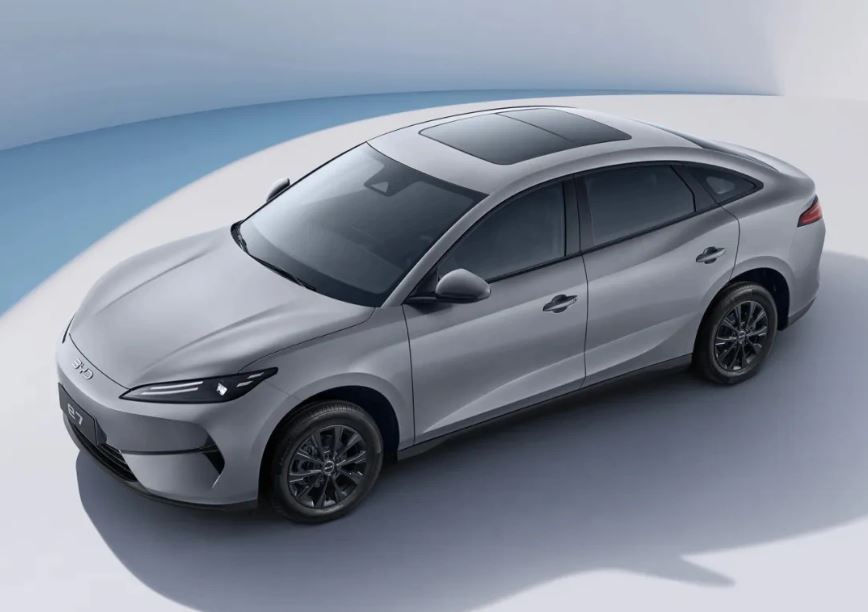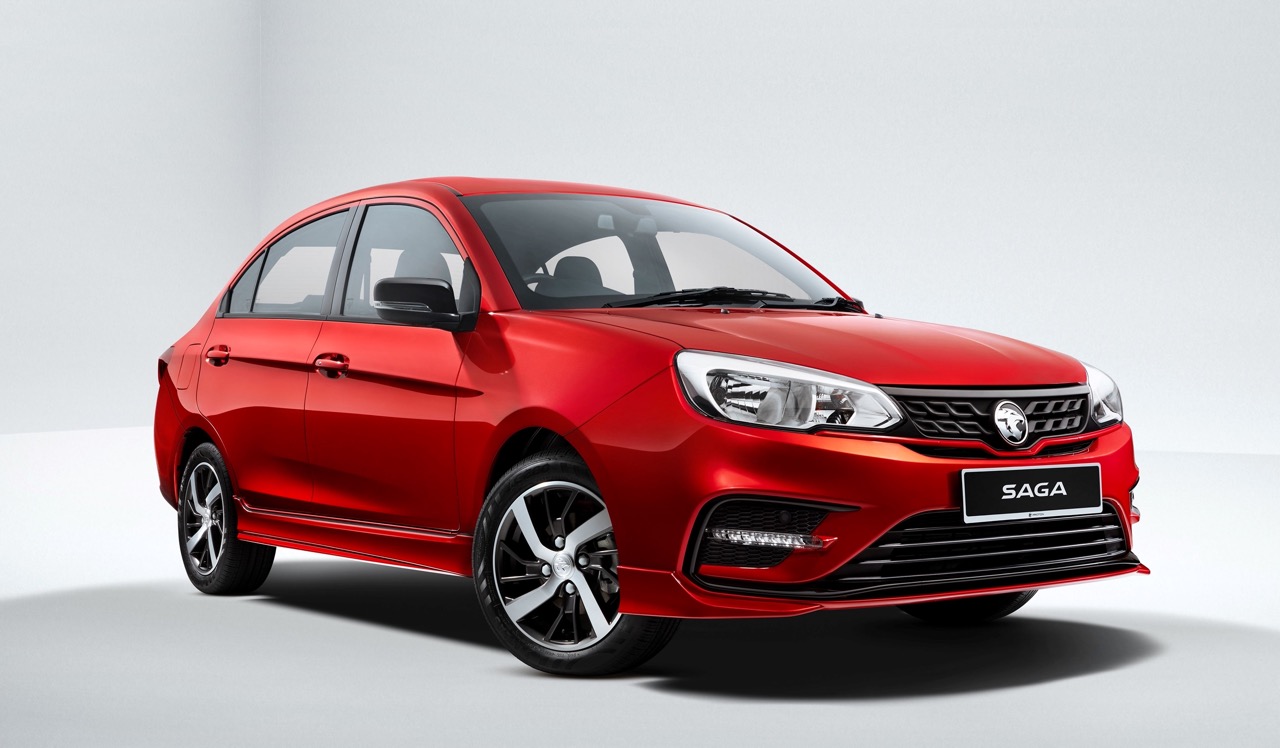ASEAN NCAP, the organization which assesses new models in the market (especially those made and sold in ASEAN), has released its report after testing the new Perodua Axia. The hatchback is the second generation of the Axia and will be officially launched on February 14. ASEAN NCAP was provided a unit for their assessment which included a crash test and after analyzing the results, the Axia received 4 stars (out of the maximum of 5 stars).
The first generation of the Axia tested by ASEAN NCAP in 2014 also received 4 stars then. According to Perodua engineers, the new Axia, with its new structure and increased safety features, should be able to score 5 stars if the same protocols are used as for model tested in 2014.
However, in 2023, the bar has been raised with new protocols that are more demanding. ASEAN NCAP periodically upgrades its assessment protocols, which the industry is informed of, and this serves to advance the safety standards that the industry should provide.
For example, in its early years, ASEAN NCAP required a pass in the Lateral Impact test (UN R95) in order for a vehicle to score 3 stars and above. Then it made the Seatbelt Reminder for both driver and front passenger, along with the fitment of an Electronic Stability Control (ESC) system, a requirement to get 5 stars. If a vehicle did well in all tests and could be rated as 5 stars, it would not get the full rating if it did not have the Seatbelt Reminder and ESC.
The new Axia has an entirely new platform and structure – DNGA – which has greater rigidity. It therefore can perform better in crash tests without deformation of the cabin. Under the current 2021 – 2025 assessment protocol, the new Axia underwent a more stringent assessment with two additional assessment categories. The testing was done at ASEAN NCAP’s PC3 lab in Melaka.
In its report, ASEAN NCAP noted that the new Axia (a SE version) performed ‘remarkably well’ and had a total score of 73.55 points. It achieved the maximum rating of 5 stars for the Adult Occupant Protection (AOP), Child Occupant Protection (COP) and Safety Assist (SA) categories. Additionally, in the Motorcyclist Safety category, the maximum rating of 4 stars was achieved. Overall, the new Perodua model was awarded 4 stars.
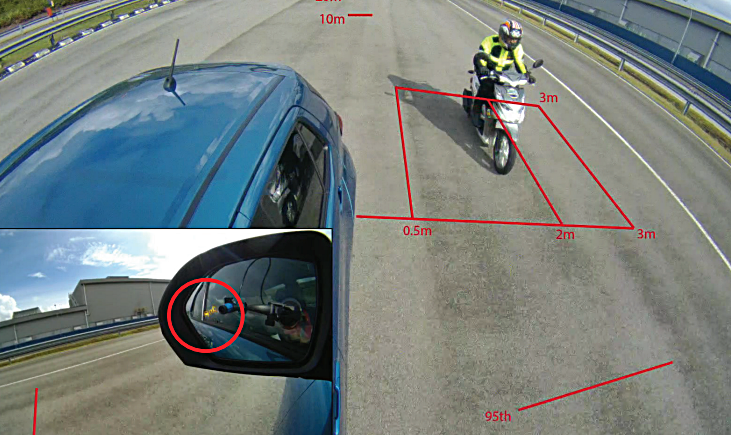
ASEAN NCAP noted that the Axia offers 2 airbags as standard for all variants, with up to 6 airbags fitted in the highest variant (Axia AV). Additionally, safety assist technologies such as Lane Departure Warning, Forward Collision Warning, Autonomous Emergency Braking (AEB) City, AEB Inter-Urban, AEB Pedestrian, Rear Cross Traffic Alert, Blind Spot Detection for both sides and Auto High Beam are available.
The Axia comes with two ISOFIX points on the rear seat for installation of compatible childseats. ASEAN NCAP’s assessment for COP includes a Dynamic Test for an 18-month old child and 3-year old child restrained in a childseat during a crash test.
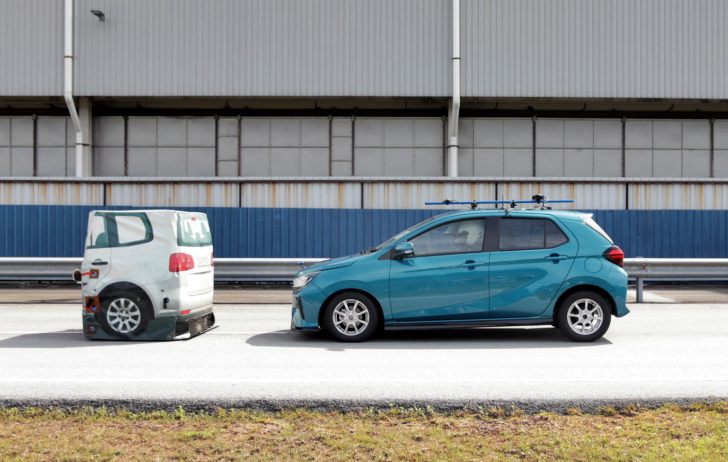
For AOP, the report stated that both of the adult occupants (represented by instrumented dummies) received good protection in the frontal offset test. However, the driver’s lower leg and passenger’s chest were said to have adequate protection in the test and marginal protection to the driver’s chest in the side impact test.

ASEAN NCAP’s assessment provides consumers with information for them to understand the level of protection they will have with the Axia. Perodua will no doubt study the findings and see how to improve in areas where scores were low. Changes may be made while this generation is still in production or incorporated in the next generation – but the protocols may be even tougher by then!



